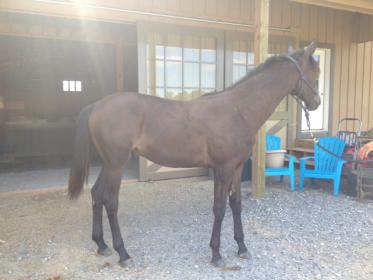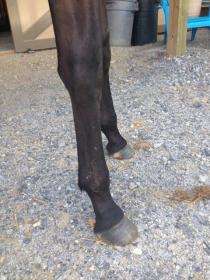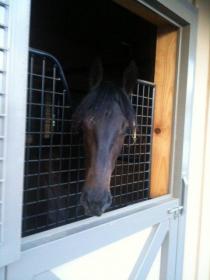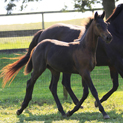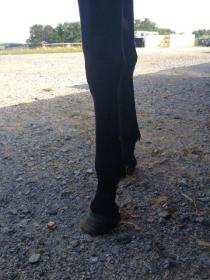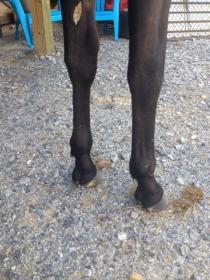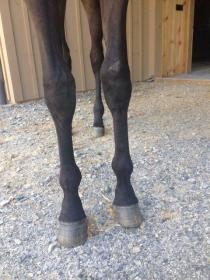Aw, Aaspen, you’re too sweet. Yep, I love me a lower limb on a horse. :tickled_pink:
OP, your plan sounds perfect. I know you and your vet already know this, but when you’re dealing with reactive joints it’s best to plan your moves carefully and take your time. Fetlocks are more reactive than the other joints in the leg when it comes to splinting even without any systemic and/or local complications thrown in. The fetlock joint is the most likely to swell and is a common site for sores when splinting, whether you use static splints (like PVC and casting materials) or dynamic (any splint with a hinge, like a Dynasplint). I always say that if you take your thumb and press it into a horse’s fetlock for 5 minutes or so, you’ll end up with a thumb-sized swelling right where you pressed. It may be a bit of an exaggeration, but that’s how easy it is to cause trouble with a fetlock.
It sounds like you and your vet have a very good handle on what needs to be done for your boy, but for all reading…
As a rule (for me), when a baby presents “classically”, with knuckling at the fetlock accompanied by equal contracture in the joints below (standing on tippy toes or folded over, weight bearing on front of hoof), the goal is to get them flat on their feet ASAP. Weight bearing on the tip or front of the coffin bone is detrimental to its integrity and pedal osteitis or worse is the main concern. In these cases, some irritation to the fetlock joint is a small price to pay and isn’t my first concern, so I’ll load that fetlock up until we get the feet flat and then caution comes into play.
When the presentation is like your boy’s, the laxity in the lowest joints complicates the situation and can quickly cause permanent damage. Any irritation to the fetlock, resulting in inflammation and increased discomfort, is only going to worsen both the fetlock contracture and, by association, the laxity down below. I’m sure you can imagine how detrimental it would be for a horse to stand all day and all night with their toes on a ledge, heels and majority of their weight hanging off the back - like when they step just a toe onto a trailer ramp and then hang there awkwardly before stepping up fully. That’s similar to the stress that a hyperextended DIP is under. OUCH! Exerting any corrective force on the fetlock without supporting the heel and DIP joint is akin to shoving back on the horse’s fetlock while he stands with his heels hanging off the trailer ramp, placing even more weight into his heels and more stress on all the sensitive and very necessary soft tissues around PIII (collateral ligaments, impar ligament, etc.). And since the cases we’re talking about have their heels on the ground while being hyperextended, think of aaaaallllllll the weight slamming down onto the very tiny navicular bone! :eek:
So, to wrap it all up, no matter how a lower limb flexural deformity presents, my ultimate goal is always to protect the foot first. Sometimes you need to attack the fetlock first to protect the future health of the foot, sometimes you need to go to work on the foot itself and then worry about the fetlock. In either case, I always look to have an aligned column from the fetlock down (PI through PIII in alignment) as my first step. Oftentimes, once the the pastern and coffin bones are aligned, even if they’re still too upright, the horse’s bodyweight will help get the rest of the job done.
OP, will you keep us posted as you move forward with the treatment?


